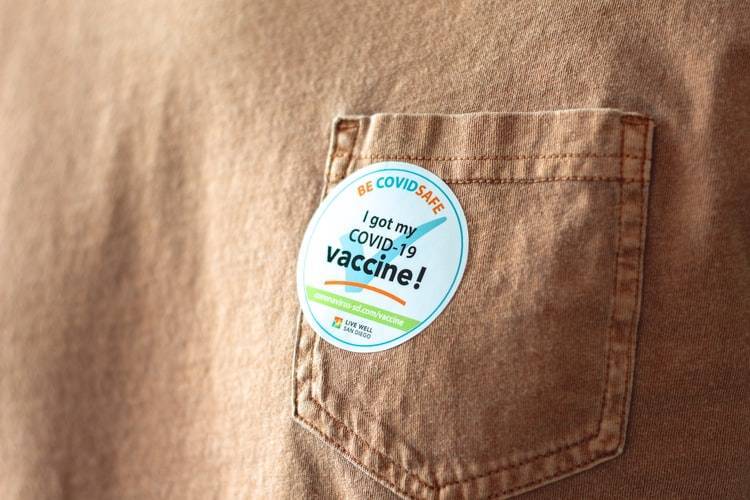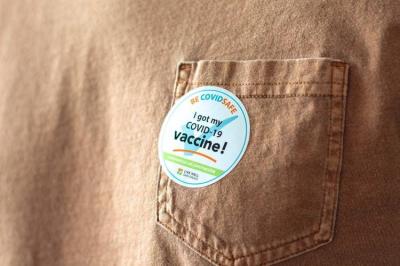The World Trade Organization (WTO) warned on Thursday about the risks of inequality in access to COVID-19 vaccines worldwide on global trade, which is currently recovering at a faster pace than expected. WTO Director-General Ngozi Okonjo-Iweala stated during a presentation of the semi-annual global trade report to member countries that "global trade has recovered faster than expected since the second half of 2020 after plummeting sharply during the first wave of the pandemic." She added that the organization expects goods trade volume to grow by 8% in 2021 and by 4% in 2022. While the volume of global goods trade surpassed its pre-pandemic level earlier this year, services trade faces difficulties recovering due to ongoing pandemic-related restrictions that negatively affect travel and transportation, according to the Director-General.
However, this optimistic outlook on recovery conceals vast disparities. Okonjo-Iweala noted that "as with the economy overall, trade performance varies sharply from region to region, and inequality in access to COVID-19 vaccines is one of the main reasons for these disparities." The International Monetary Fund had warned on Tuesday in its new global economic forecasts that inequality in vaccine access is widening the gap in economic recovery between countries. Okonjo-Iweala, a former Nigerian finance minister who assumed her role at the WTO on March 1, has prioritized making the organization a key tool in battling the pandemic by finding ways to increase vaccine production.
However, member countries are deeply divided over the issue of temporarily suspending patent protections for vaccine production, a proposal advocated by the Director-General. She warned that "failure to ensure global access to vaccines poses serious risks to the global economy and public health," reminding that poor countries have only managed to vaccinate 1% of their populations, while this figure rises to 50% in wealthy nations.




